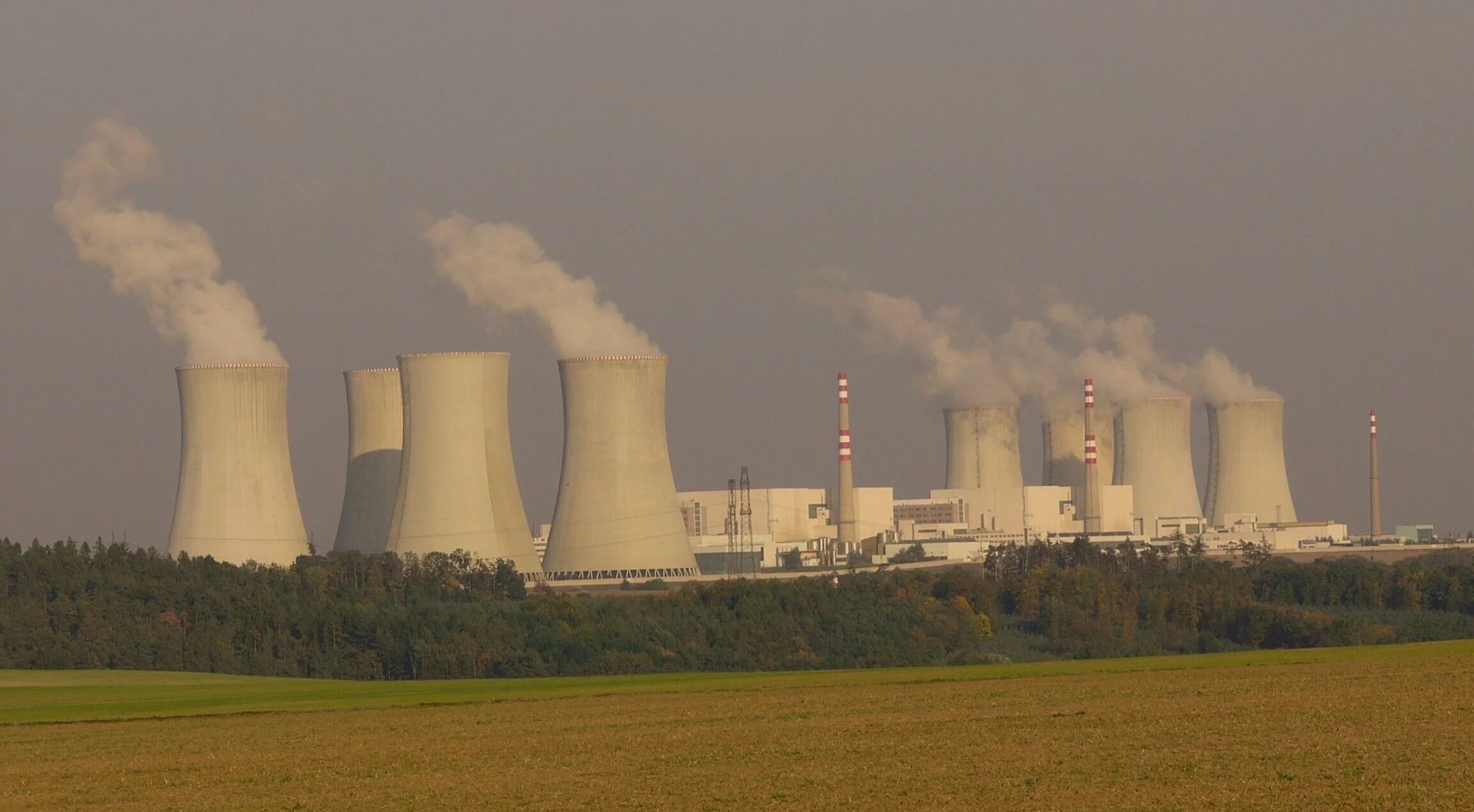On the Meaning of Home in a More-than-Human World
An ethics of inhabiting revels in the pleasure of interconnection and the joy of the unexpected; it embraces the possibilities of becoming in relation to a radical otherness that has been known as “nature.”
— Stacey Alaimo, “Exposed: Environmental Politics & Pleasures in Posthuman Times”
At a time when we have been asked to stay at home, the plight of those who are unhoused or of colonized peoples who have been deprived of their homes for generations is being thrown into sharp relief. Home—as has always been the case but is now clearer than ever—is not guaranteed. Home, as an intimate place of habitation, has perhaps taken on entirely new meanings as we learn to move through space, both public and private, in quite different, often discomfiting ways. Even those of us who can stay at home may be reckoning with home as a physical shelter, but an unstable and precarious one at that.
Amidst a global pandemic and continuing climate collapse, perhaps it is home, in its seeming givenness, that needs to be redefined. Hopefully without eclipsing the very real lived experiences of those who are quite literally living on the edge, perhaps we can consider a new “ethics of inhabiting,” as material feminist scholar Stacey Alaimo has put it, imagining ourselves anew within a "more-than-human" world wherein home becomes but one piece of an expanded ecological belonging.
Amongst First Nations, Métis, and Inuit peoples, homelessness is recognized as more than just the absence of permanent, physical shelter for the individual; rather, it encompasses the disconnection an individual or community might experience to other humans along with the nonhuman and even immaterial world, including “land, water, place, family, kin, each other, animals, cultures, languages and identities.” Similar definitions of homelessness have been articulated in other postcolonial contexts. For Indigenous Australians and the Māori peoples of New Zealand, for instance, the relationship to land and familial relations, both past and present, is inextricably linked in a genealogical framework connecting both time and space. Places are imbued with particular meanings and (hi)stories; they emerge as sites of historical and social belonging. The environment, in a broad sense, and the myriad of relationships it encompasses, then, are not mere additions to what we might call “the home” but inseparable from it.
“Amidst a global pandemic and continuing climate collapse, perhaps it is home, in its seeming givenness, that needs to be redefined.”
In the Māori context, this interconnection between conceptualizations of environment and home is clear from te reo Māori (the Māori language) itself. The word whenua, for instance, connotes both “land” and “placenta.” To be stripped of one’s home, one’s land, then, is similar in gesture to the displacement from the womb—one’s first home. These definitions speak to and help underline the effects of displacement and continued trauma Indigenous communities experience in the postcolonial world.
If we take seriously these expanded definitions of homelessness, what, then, can we deduce is “home”? From an Indigenous perspective, it would appear home entails much more than a bounded, material space, suggesting instead a mode of inhabiting that is enmeshed with its surroundings, both human and nonhuman. This is, of course, quite different from the prototypical Western conception of home wherein the physical home is the realm of domesticity, privacy, and individuality, protected from the intrusions of the outside world. In this context, the home also operates as a predominately feminine space, a space that has historically served as both the creation and the confines of women. The American historian Howard Zinn gestured towards this confinement when he described women as “the intimately oppressed.” The home, in this view, carves out and marks the space for the individual, and as such, delimits the bounds of the self.
When the bounds of the individual self are continually being thrown into question, this transforms our understanding of the limits of the home as well. Consider, for a moment, the world of microbes and their entanglement with human life.
In the 1960s, the biologist Lynn Margulis shook the scientific world when she elaborated upon the developing theory of endosymbiosis, whereby higher forms of cellular life evolved through the coordination of simpler bacterial life forms. Her theory advanced the idea that powerful organelles like mitochondria and chloroplasts were once independent bacterial bodies that at one time combined with other microbes to become the complex cellular forms that compose fungi, plant, and animal bodies. Largely criticized at the time, Margulis’ endosymbiotic theory has become widely accepted by the scientific community.
Drawing upon the transformative work of Margulis, biochemist Margaret McFall-Ngai has articulated the need for a “postmodern synthesis” whereby we more deeply recognize the entanglement between human and microbial bodies. To illustrate why, McFall-Ngai offers the example of a recent discovery of what happens between a mother and child in the womb: “The cells of the mother infiltrate across the placenta into the child, and the cells of the child infiltrate into the mother. Thus each one of us is a chimera of sorts, our bodies containing cell lines of others ... We are thus not what we thought: every ‘I’ is also ‘we.’” This cellular kinship extends even between generations (from grandmother to mother to child) and between siblings (from mother to older sibling to younger sibling). If the womb is our first home, our whenua, this new understanding of the self and the body shifts how we understand the bounds of home.
The work of anthropologist Elizabeth Povinelli may offer a rubric for this shift. In her study of Indigenous Australians, Povinelli details the ways Indigenous peoples inhabit and relate to place and their environment. In one example, Povinelli relates the significance of a rock formation called Two Women Sitting Down. For non-Indigenous economic and political stakeholders, the formation is viewed as inert ground, subject to intensive mining practices, but for Indigenous groups, it is instead lively, sacred ground charged with its own particular narrative detailing its broad significance for many communities. In this latter context, its unfortunate desecration due to intensive manganese mining is an affront to the very notion of belonging and connection to that place for Indigenous groups, an occurrence that underlines a sense of displacement, of homelessness.
While this loss should be apparent on the face of it, the biological sciences has its own explanation for the rock formation’s liveliness, a perspective that Indigenous people have held all along. As Povinelli articulates, “Most rocks … are sedimentary: they are composed as water moves around composite pieces of eroded igneous material, carbonated animals and plant material, and siliceous bits of marine microfauna, and these composites are slowly cemented together by gravity.” This liveliness has manifest effects; in fact, “[m]any bacteria do just fine in environments deprived of oxygen because they breathe rocks (geos) rather than oxygen.”
“What if home instead was a realm of ecological awareness, a sense of belonging within a much wider world of a multitude of beings, both within our own bodies and outside them?”
As the very limits of our own bodies are thrown into disarray and the bounds of our nonhuman environments are seemingly more alive than previously thought, we might reconsider our notions of inhabiting, of sheltering, of “staying at home.” What if home instead was a realm of ecological awareness, a sense of belonging within a much wider world of a multitude of beings, both within our own bodies and outside them? We ask for home to wall us off, when really perhaps it should be an exercise in new ways of relating, of stretching across difference, both between us humans and amidst the plurality of nonhuman life that composes the worlds in which we live.
Maybe, like Two Women Sitting Down, we should learn to see the home as an ecosystem, lively and dynamic, rather than an inert space. A protection, a belonging, but one that cannot contain our interrelation within its four walls. Perhaps, then, our homes will be spaces that include the "more-than-human” and allow us to, as feminist science studies scholar Donna Haraway has called for, “stay with the trouble” and "make kin" with a transforming and transformed world.
As our homes threaten to ossify around us, entombing us in an antiquated kind of individuality precisely at the moment when we are called to consider the lives of others, we can ask ourselves: What new ways of inhabiting might we learn? How might we construct new dwellings and habitats better attuned to our new entangled realities? Perhaps, in the end, we can answer the call to tread differently—more lightly and yet with a greater weight of its significance—on the space and the beings around us.
Further Reading
Robin Wall Kimmerer, Braiding Sweetgrass: Indigenous Wisdom, Scientific Knowledge, and the Teachings of Plants (Minneapolis: Milkweed Editions, 2013).
Image credit: A View Out of the Front Door of my Kharkov Apartment by Trey Ratcliff (CC BY-NC-SA 2.0)






